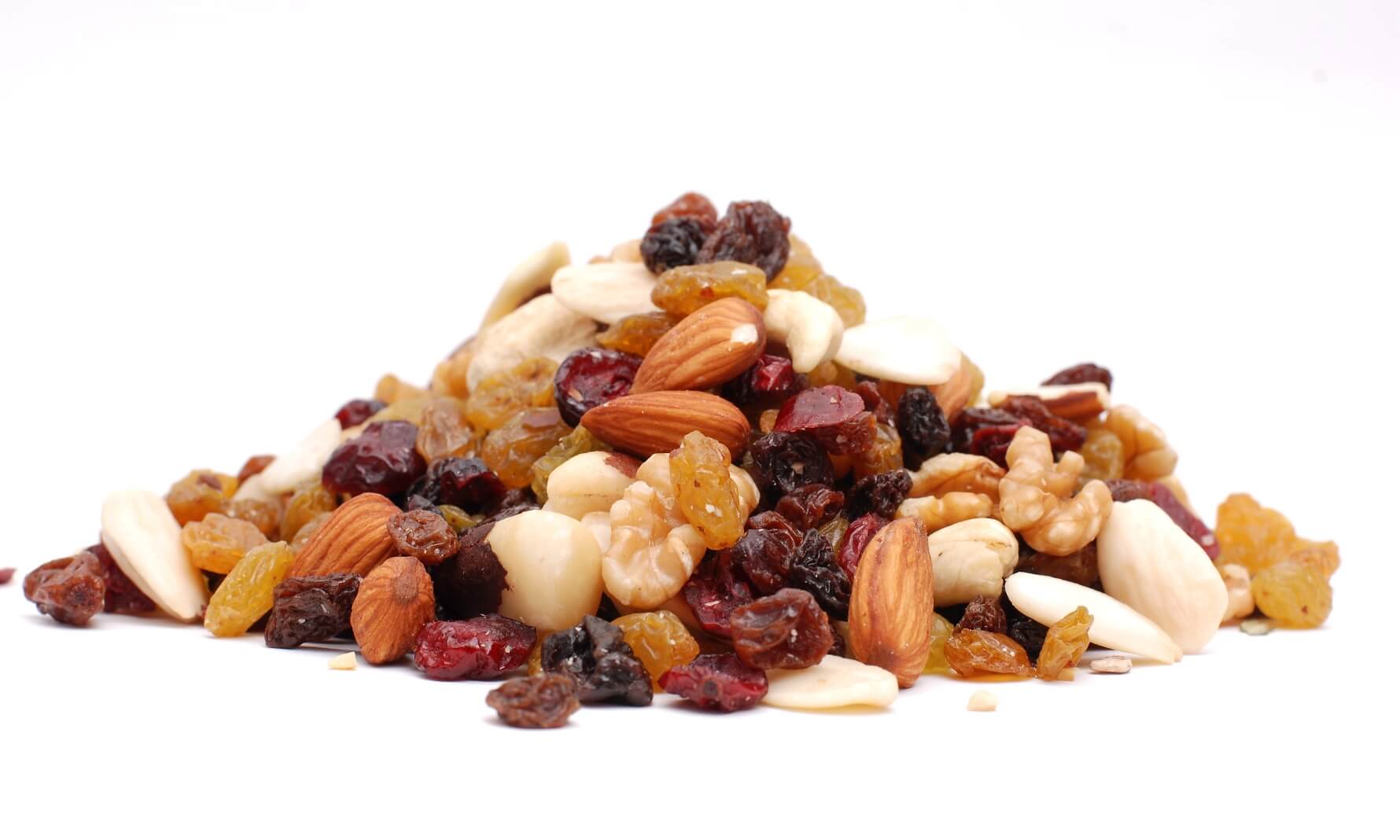“You are what you eat.” We’ve all heard that, but researchers are digging in to how what we eat affects our internal ecosystems.


“You are what you eat.” We’ve all heard that, but researchers are digging in to how what we eat affects our internal ecosystems.

If you thought we already knew about all of our fellow earthlings, think again.

Have you ever imagined what it might be like to see a wooly mammoth crossing the plains? Some scientists are working to turn back the clock and revive extinct species. This multimedia site from The Long Now Foundation details the efforts.

Wildflowers aren’t just pretty to look at—they serve crucial roles in our environment.

Humans are only just beginning to understand the genius of our cetacean cousins. What might we learn if we unravel how to communicate with dolphins?

Of course humans need nature, but here is a collection of people’s personal stories about why nature matters in their lives. Click the links to find out more.

Technology imitates nature in creative ways designed to benefit and inspire humans. Learn about several innovative fake-nature projects.

Marsupial babies develop in the not-terribly-sanitary environment of the mother’s pouch. To protect their young from infection, the milk of marsupials such as the Tasmanian devil has powerful antibiotic properties—properties that may help humans.

The line between humans and animals, biologist Jane Goodall argues, is fuzzy. In this TED Talk, she explores not only how human-like chimpanzees and other animals can be, but also how the human world and the natural world are intertwined—and how we can use our influence for good.

From Velcro to robotics, nature is the inspiration for all sorts of technological advances.

Learn about the plants and animals that make the Sonoran Desert a surprisingly vibrant habitat.

From rats to rubber duckies, you might be surprised to learn how animals (both real and man-made) are helping to reduce our impact on the earth.

How can the wind blowing thousands of miles away over the Pacific Ocean affect our everyday lives in the United States? Watch this video to find out.

Tardigrades are tiny creatures that live everywhere on Earth, from the underside of a rock next to your school to the Antarctic ice. They can even survive in space! Learn about the amazing, indestructible “water bear.”

The National Park Service celebrates its centennial in 2016. An award-winning documentary filmmaker explains why our national parks matter more now than ever.

A hundred and fifty years ago, much of the middle of the North American continent was a vast grassland. Bit by bit, some residents of the area today are working to restore what once was.

One of the earliest ways humans harnessed the power of nature was through keeping livestock—including bees. Find out how long-ago beekeepers made the most of what nature had to offer.

Fast-growing kudzu vines enveloping manmade structures may be a stereotype of the American South, but the truth is more complex.

Depending on which experts are talking, the exclusion zone around the Chernobyl nuclear power plant in Ukraine and Belarus is either a thriving wildlife sanctuary or a deadly no-man’s land. How well has nature repaired itself after the man-made 1986 disaster?

The next time you feel like looking “up in perfect silence at the stars,” you might be out of luck. Light pollution is increasingly obliterating our view of the stars. Watch this short film to find out more.